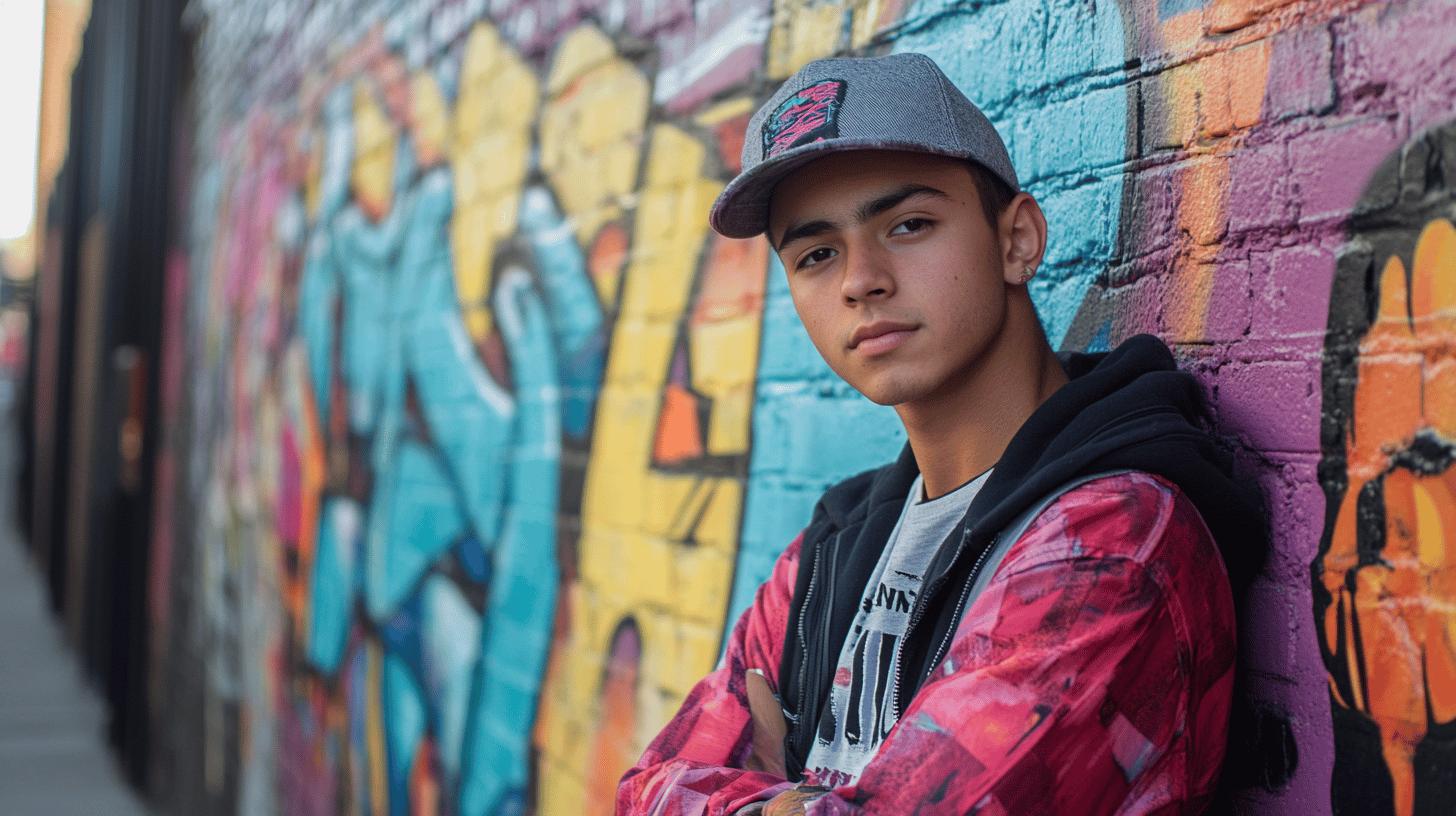Is hip-hop merely a music genre, or does it encompass something greater? With its origins rooted in the vibrant Bronx of the 1970s, hip-hop transcends music by integrating DJing, MCing, B-boying, and graffiti art.
This cultural movement not only redefined musical landscapes but also empowered marginalized communities.
For those eager to understand the depth of hip-hop, this blog post dives into its foundational elements and traces its cultural significance, illustrating how these interconnected pieces create a dynamic, expressive art form. Explore hip-hop’s enduring influence and uncover its core components.
Understanding Hip-Hop: Definition and Core Elements
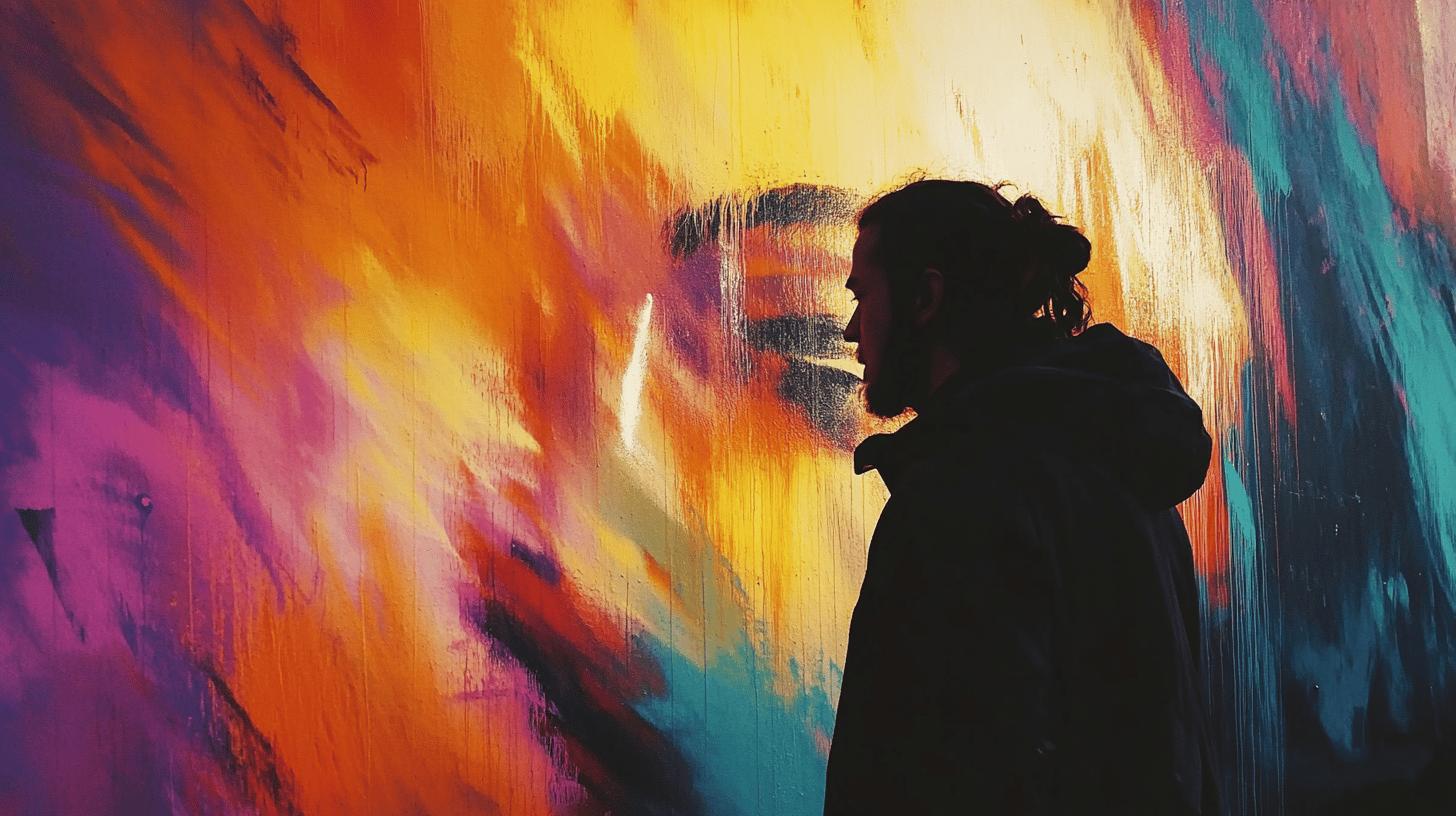
Hip-hop is a cultural movement that emerged in the Bronx, New York City, during the early 1970s. It was born out of a need for expression and resilience in the face of socio-economic challenges.
This vibrant culture provided an outlet for marginalized communities to articulate their experiences and aspirations, resonating deeply within urban youth. The significance of hip-hop extends beyond its artistic expressions, affecting social dynamics and offering a platform for political discourse.
It has shaped music, dance, fashion, and language, influencing global culture profoundly.
-
DJing/Turntablism: The art of manipulating sounds and creating music using turntables and a DJ mixer.
-
MCing/Rapping: The vocal and lyrical aspect, delivering rhythmically spoken rhymes and wordplay.
-
B-boying/Breaking: A dynamic style of street dance characterized by acrobatic moves and intricate footwork.
- Visual/Graffiti Art: Artistic expression through graffiti, often reflecting social issues and community narratives.
These elements of hip-hop are deeply interconnected, each contributing to the movement’s identity and growth.
The synergy between music, dance, and art forms a cohesive cultural fabric, fostering creativity and community. This interconnectedness allows hip-hop to evolve continually, remaining relevant and impactful across generations and cultures.
Tracing the Origins of Hip-Hop
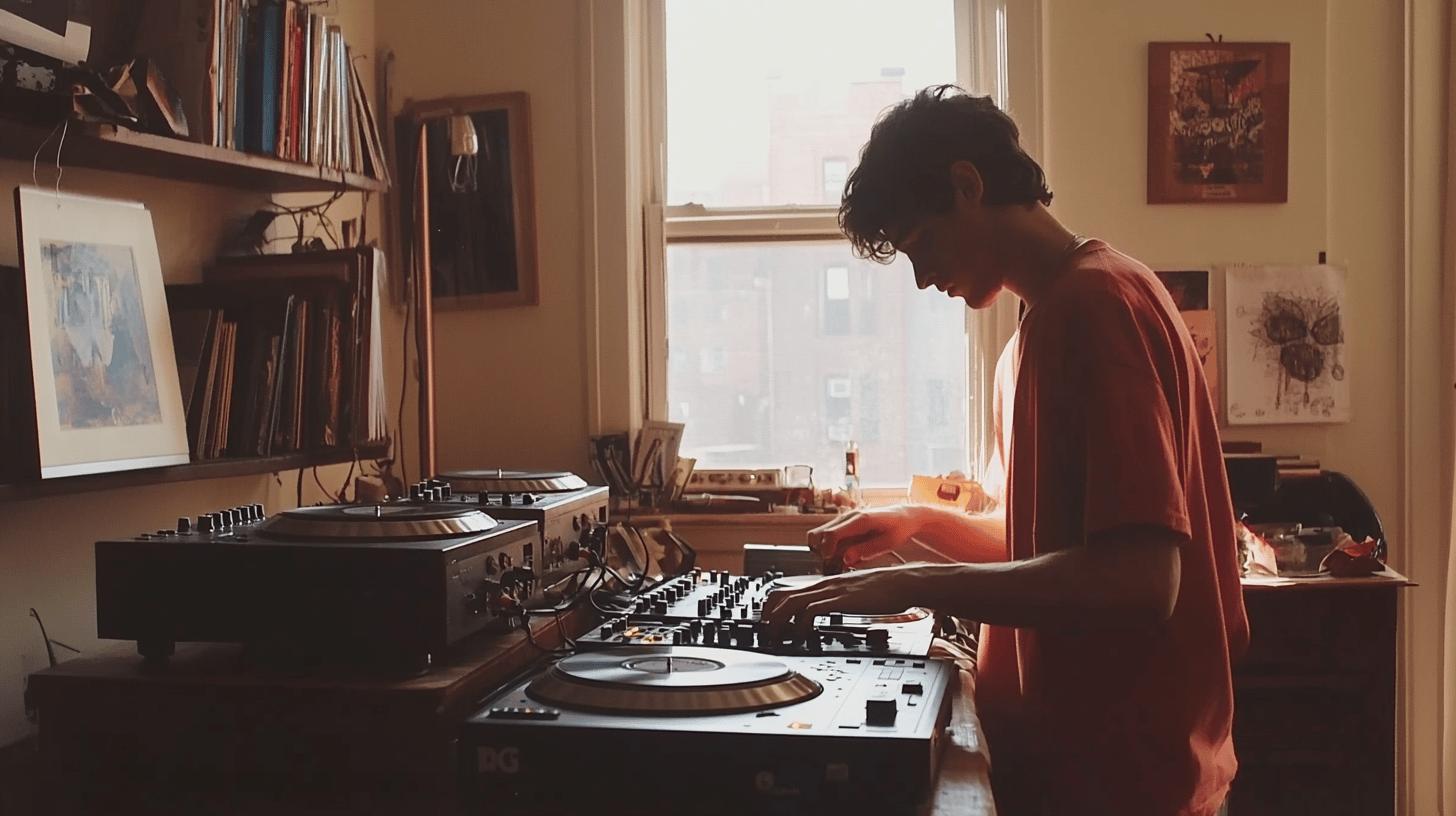
In what socio-economic environment did hip-hop emerge? Hip-hop originated in the Bronx, New York City, during the late 1970s.
The area was experiencing significant socio-economic challenges, including poverty, crime, and urban decay. These conditions fueled the need for a creative outlet among marginalized youth, leading to the birth of hip-hop as a form of expression and empowerment.
The culture provided a voice to those who were often unheard, allowing them to articulate their struggles and aspirations. Who were the key figures in the early development of hip-hop? DJ Kool Herc is considered a pivotal figure in the history of hip-hop.
Known as the "father of hip-hop," he introduced innovative DJing techniques that laid the groundwork for the genre. His use of two turntables to extend the breakbeat of a song became a foundational element of hip-hop music.
Other influential figures include Afrika Bambaataa and Grandmaster Flash, who further developed and popularized the music and culture. These pioneers were instrumental in establishing hip-hop as a distinct cultural movement.
What was the significance of the first hip-hop party? The first hip-hop party, hosted by DJ Kool Herc in 1973, is recognized as the formal launch of the hip-hop movement.
Held at 1520 Sedgwick Avenue in the Bronx, the event showcased Herc’s innovative DJing style and became a catalyst for the spread of hip-hop culture. The party attracted a diverse crowd, fostering a sense of community and creativity.
This moment marked the beginning of hip-hop’s evolution, as it rapidly gained popularity and started to shape the cultural landscape of New York City and beyond.
| Year | Event |
|---|---|
| 1973 | DJ Kool Herc hosts the first hip-hop party |
| 1974 | Afrika Bambaataa forms the Universal Zulu Nation |
| 1977 | Grandmaster Flash pioneers DJ techniques |
| 1979 | Release of “Rapper’s Delight” by The Sugarhill Gang |
The Cultural Significance of Hip-Hop

How did hip-hop serve as a voice for marginalized communities? Emerging in the Bronx during the 1970s, hip-hop provided a vital platform for expression among marginalized youth facing socio-economic challenges such as drugs, crime, and poverty.
Hip-hop’s raw and authentic narrative offered a voice to those who were often unheard, allowing them to articulate their struggles, aspirations, and resilience. Through its various forms—music, dance, and visual art—hip-hop became a medium for storytelling and social commentary, addressing issues of inequality and injustice.
This expressive power of hip-hop resonated deeply with urban communities, fostering a sense of identity and empowerment. In what ways has hip-hop influenced fashion, language, and other art forms? Hip-hop’s cultural impact extends far beyond music, significantly influencing fashion, language, and art.
The distinctive style of hip-hop fashion, characterized by oversized clothing, sneakers, and bold accessories, has permeated mainstream fashion and continues to inspire designers globally.
Language within hip-hop, marked by its innovative slang and rhythmic wordplay, has enriched everyday vernacular and shaped modern communication. Additionally, hip-hop’s influence is evident in visual arts, particularly through graffiti and street art, which have become recognized as legitimate art forms.
These elements reflect hip-hop’s ability to transcend traditional boundaries and inspire creativity across diverse mediums. What role does hip-hop play in social and political movements? Hip-hop has played a pivotal role in social and political movements by highlighting systemic issues and advocating for change.
Artists and activists within the hip-hop community have used their platforms to address topics such as racial inequality, police brutality, and economic disparity. This advocacy has mobilized communities and brought attention to pressing social issues, reinforcing hip-hop’s position as a catalyst for change.
Through its dynamic and evolving nature, hip-hop continues to inspire and empower individuals, fostering a sense of community and solidarity in the pursuit of justice and equality.
Notable Figures and Pioneers in Hip-Hop
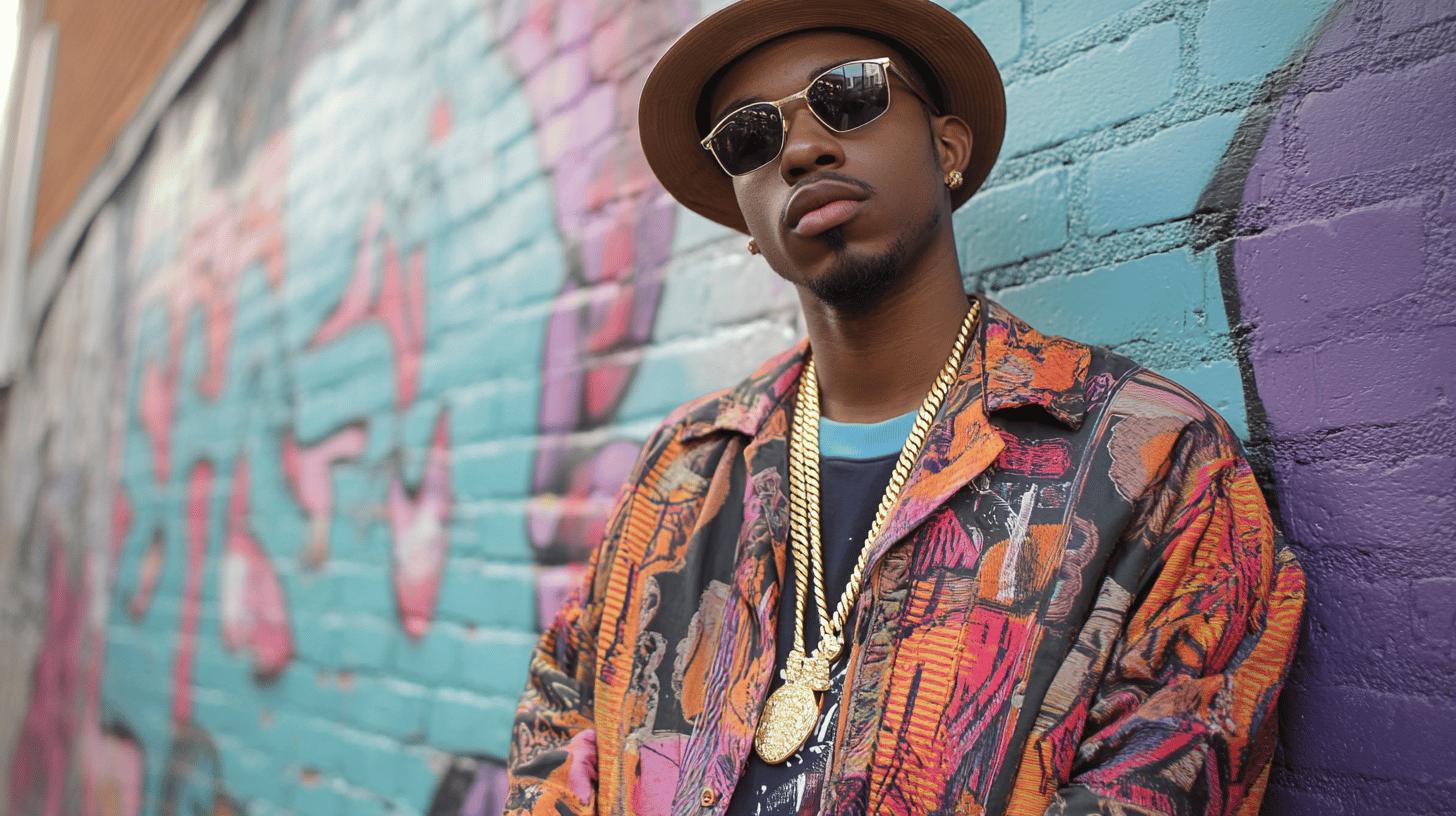
Who are considered the "Holy Trinity" of hip-hop pioneers? DJ Kool Herc, Afrika Bambaataa, and Grandmaster Flash hold this revered status due to their foundational contributions to hip-hop culture.
DJ Kool Herc is renowned for hosting the first hip-hop party in 1973, where he innovated the use of breakbeats, laying the groundwork for the genre’s musical style.
Afrika Bambaataa’s influence extended beyond music; he founded the Universal Zulu Nation, promoting peace and unity through hip-hop, and solidifying its cultural ethos. Grandmaster Flash revolutionized DJing techniques with innovations such as backspin and scratching, which became integral to hip-hop music production.
Together, these pioneers not only defined the early sound and spirit of hip-hop but also helped disseminate it globally.
-
Run-D.M.C.: Pioneers in blending rock and hip-hop, they brought mainstream attention to the genre.
-
Public Enemy: Known for their politically charged lyrics, they highlighted racial and social issues.
-
Queen Latifah: A trailblazer for women in hip-hop, she advocated for empowerment and equality.
-
Tupac Shakur: His profound storytelling and activism addressed social injustices and resonated with many.
-
The Notorious B.I.G.: Known for his storytelling ability, he played a significant role in the East Coast hip-hop scene.
How have these figures influenced the evolution of hip-hop? Each of these artists brought unique elements to the genre, from musical innovation to social commentary, shaping hip-hop’s multifaceted identity.
They expanded hip-hop’s reach, introducing it to diverse audiences and solidifying its global impact. Through their contributions, they laid the groundwork for future artists, ensuring hip-hop’s continued evolution and relevance.
The Evolution and Impact of Hip-Hop on Society
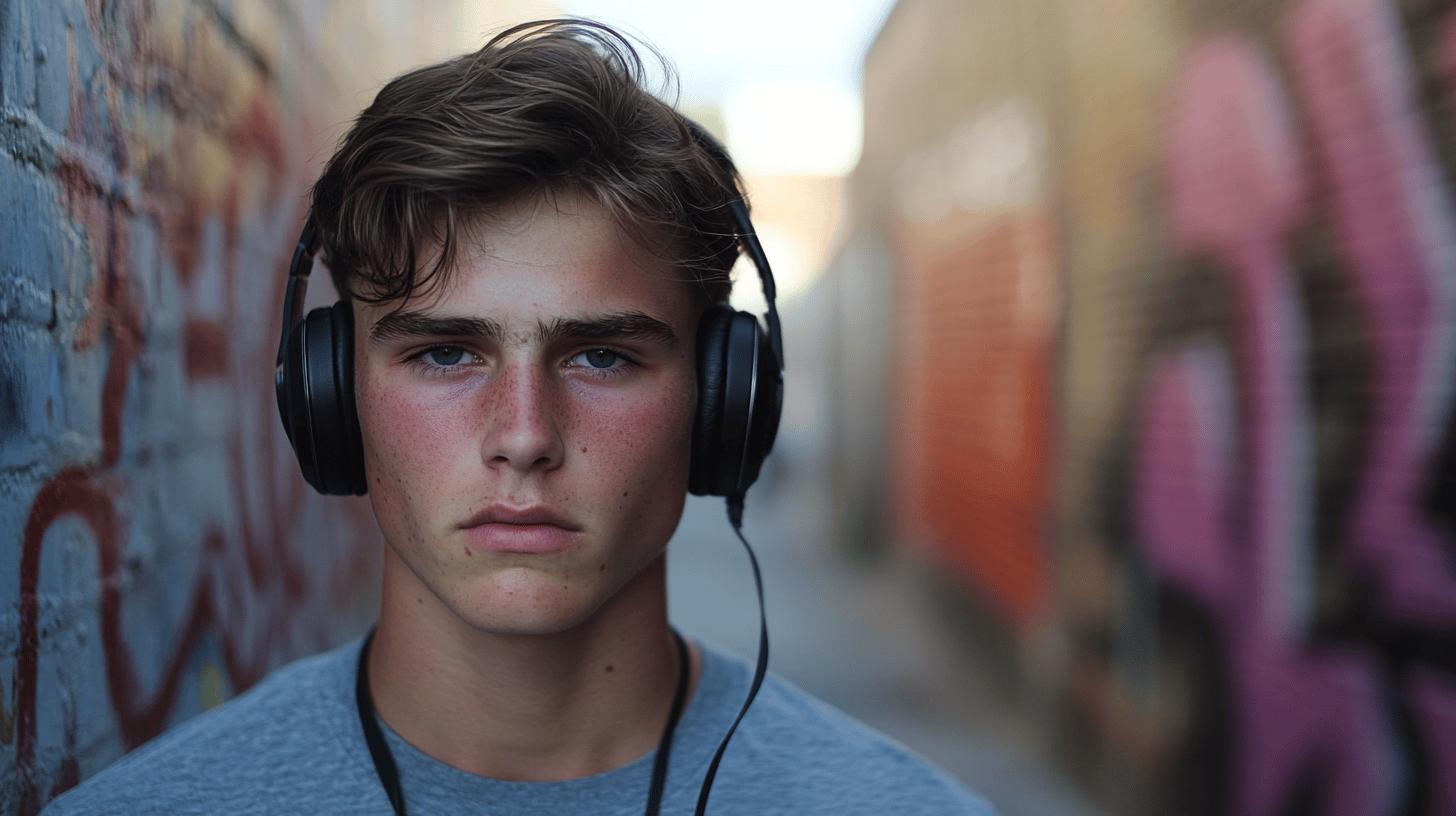
How has hip-hop evolved stylistically and achieved mainstream success? By the late 1990s, hip-hop had transformed into a dominant force in the music industry, becoming the top-selling genre.
This period marked the emergence of regional styles, including West Coast hip-hop and gangster rap, each bringing unique sounds and narratives.
Artists like N.W.A. and Tupac Shakur were pivotal in popularizing these styles, using their music to depict the realities of their environments. The genre’s ability to adapt and innovate, incorporating diverse influences and storytelling techniques, contributed to its widespread appeal and commercial triumph.
How has hip-hop influenced global music and culture? Hip-hop’s reach extends far beyond its musical origins, profoundly shaping global culture. Its rhythmic beats, expressive lyrics, and energetic performances have inspired artists across various genres, leading to collaborations and genre-blending that continue to redefine modern music.
The influence of hip-hop is evident in fashion, where its distinctive style has become mainstream, and in language, where its slang and phrases permeate everyday speech. This cultural diffusion highlights hip-hop’s role as a unifying force, bridging cultural divides and fostering a global community.
What role does hip-hop play in addressing social issues and empowering communities? Hip-hop has consistently served as a platform for social commentary, addressing issues such as racial inequality and economic disparity.
Artists use their voices to highlight injustices and advocate for change, mobilizing listeners and communities alike. By fostering dialogue and raising awareness, hip-hop empowers individuals to challenge societal norms and strive for equality.
Its grassroots origins and continued relevance underscore its potential as a catalyst for social transformation and community empowerment.
Final Words
Hip-hop, emerging from the Bronx in the 1970s, stands as a vibrant cultural movement deeply rooted in expression and community.
Anchored by DJing, MCing, B-boying, and graffiti, these elements collectively define what is hip-hop, reaching across art, music, and social advocacy.
Key figures, groundbreaking events, and enduring impacts highlight its evolution and global influence. As hip-hop continues to shape culture, its legacy of empowerment resonates, inspiring future generations.
FAQ
What is hip hop dance?
Hip hop dance refers to street dance styles primarily performed to hip hop music. These styles evolved in the 1970s and include breaking, locking, and popping, which are often performed in dance battles.
What is hip hop music?
Hip hop music is a genre characterized by rhythmic and rhyming speech known as rapping. It emerged in the 1970s in the Bronx, alongside DJ-led beats, and includes elements like scratching and sampling.
What are hip hop songs?
Hip hop songs combine rhythmic beats with lyrical components like rap, focusing on themes of social issues, empowerment, and personal experiences. The genre covers diverse topics and often reflects urban culture.
Where did hip hop originate and who were its founders?
Hip hop originated in the Bronx, New York City, in the early 1970s. Pioneers like DJ Kool Herc, Afrika Bambaataa, and Grandmaster Flash are credited with laying the foundation for the hip-hop movement.
What defines hip-hop?
Hip-hop is defined by its four core elements: DJing, MCing, breaking, and graffiti art. It serves as a cultural movement that impacts music, dance, art, and fashion globally.
Is hip-hop basically rap?
While rap is a key component of hip-hop, they are not synonymous. Hip-hop encompasses various elements including DJing, dance, and graffiti, in addition to rap music.
Is hip-hop Black culture?
Hip-hop is deeply rooted in Black culture, originating within African American communities. It highlights socio-political experiences and cultural expression, reflecting the resilience and creativity of Black youth.
What is hip hop culture?
Hip hop culture is a dynamic form of expression that began in the 1970s. It includes music, dance, art, and fashion, each element developing its identity while remaining interconnected.
What are the characteristics of hip hop?
Characteristics of hip hop include rhythmic and lyrical music, breakdancing, DJing, and graffiti art. It serves as a platform for social commentary, cultural expression, and community empowerment.
What are the four types of hip hop?
The four main types of hip hop, also known as the four pillars, are DJing or turntablism, MCing or rapping, B-boying or breaking, and graffiti art.

